Ever wondered why is 3D printing technology gaining strength and replacing older traditional manufacturing technologies?
If you try to list down reasons why this transformation is happening, the list will most certainly start with customization. People are looking for personalization. They are less interested in standardization.
And it is because of this shift in the behavior of people and the ability of the 3D printing technology to satisfy people’s need for personalization, by customization, that it is able to replace traditionally standardization-based manufacturing technologies.
Flexibility is a hidden factor behind people’s search for personalization. And the fact that there is flexible 3D printing material available in the market enabling users to develop more and more flexible parts and functional prototypes is a source of pure bliss to some users.
3D printed fashion and 3D printed prosthetic arms are an example of applications wherein 3D printing’s flexibility should be appreciated.
Rubber 3D printing is an area that is still into research and yet to be developed. But for now, we do not have rubber 3D printing technology, till rubber becomes completely printable, we would have to manage with alternatives.
And as per research the closest alternatives to rubber that fall into is called Thermoplastic Elastomers. There are four different types of flexible materials that we are going to look at in-depth in this article.
These flexible 3D printing materials are named TPU, TPC, TPA, and Soft PLA. We will start by giving you a brief about Flexible 3D printing material in general.
What is the Most Flexible Filament?
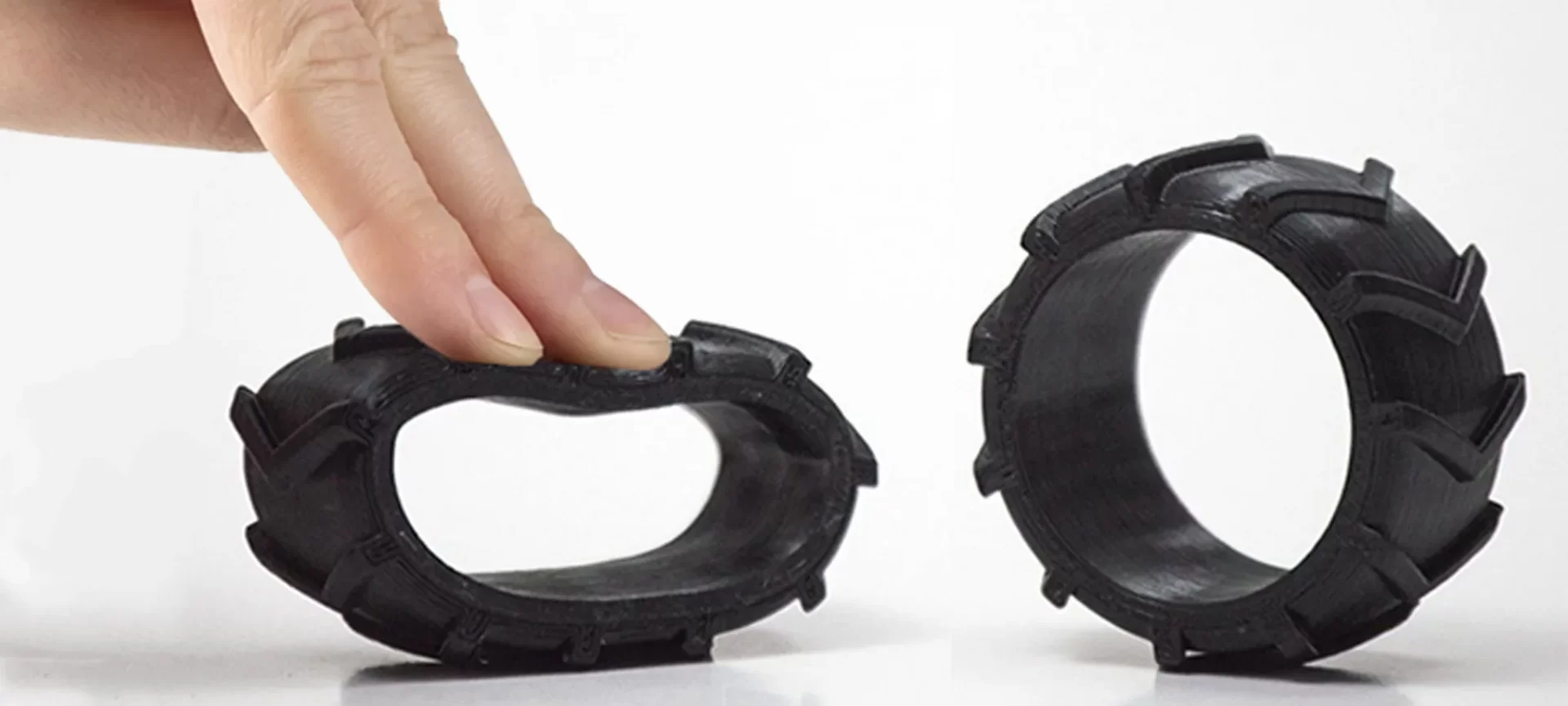
Choosing flexible filaments for your next 3D printing project will open up a world of different possibilities for your prints.
Not only can you print a range of different objects with your flex filament, but also if you have a dual or multi-head extruder containing printer, you can print pretty amazing things using this material.
Parts and functional prototypes such as bespoke flip flops, stress ball-heads, or simply vibration dampeners can be printed using your printer.
If you are determined to make Flexi filament part of printing your objects, you are bound to succeed in making your imaginations closest to reality.
With so many options available today in this field, it would be hard to imagine the time that has already been passed in the field of 3D printing with the absence of this printing material.
For users, printing with flexible filaments, back then, was a pain in their ass. The pain was due to many factors that were spiraled around one common fact that these materials are very soft.
The softness of the flexible 3D printing material made them risky to be printed with just any printer, instead, you needed something really reliable.
Most of the printers back then faced the problem of pushing string effect, so whenever you pushed something at that time without any rigidity through a nozzle, it would bend, twist, and fight against it.
Everyone who is familiar with pouring thread from in a needle for sewing any kind of cloth can relate to this phenomenon.
Apart from the problem of the pushing effect, manufacturing softer filaments such as TPE was a very herculean task, especially with good tolerances.
If you consider poor tolerance and start manufacturing, there are chances that the filament that you’ve manufactured might have to undergo poor detailing, jamming, and extrusion process.
But things have changed, currently, there is a range of soft filaments, some of them even with elastic properties and varying levels of softness. Soft PLA, TPU, and TPE are some of the examples.
Shore Hardness
This is a common criterion that you might see with filament manufacturers mentioning alongside the name of their 3D printing material.
Shore Hardness is defined as the measure of resistance every material has to indentation.
This scale was invented in the past when people had no reference while talking about the hardness of any material.
So, before Shore hardness was invented, people had to use their experiences to others for explaining the hardness of any material that they had experimented on, rather than mentioning a number.
This scale becomes an important factor while considering which mold material to choose for the manufacturing of a part of a functional prototype.
So for example, when you wish to choose between two rubbers for making a mold of plaster standing ballerina, Shore hardness would tell you to have A rubber of short hardness 70 A is lesser useful than rubber with a shore hardness of 30 A.
Typically while dealing with filaments you will know that the recommended shore hardness of a flexible material ranges anywhere from 100A to 75A.
Wherein, obviously, the flexible 3D printing material that has a shore hardness of 100A would be harder than that having 75A.
What to Consider while Buying a Flexible Filament?
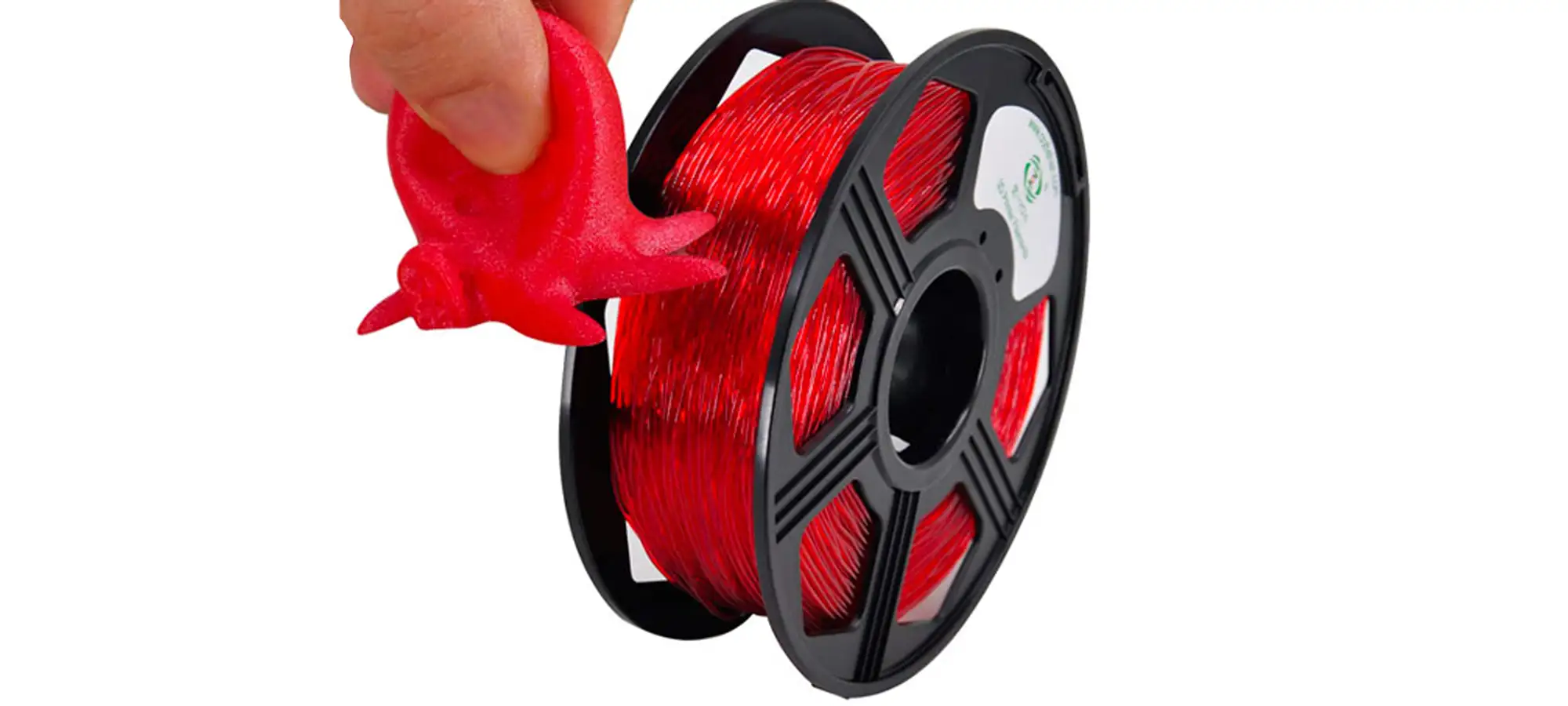
There are various factors to consider while buying any filament, not just flexible ones.
You should start from a center point that is the most important for you to have, something like the quality of material which will result in a good-looking part of a functional prototype.
Then you should think about reliability in the supply chain i.e. the material that you use once for 3D printing, should be continuously available, otherwise, you would end up using any limited end of 3D printing material.
After having thought about these factors, you should think about high elasticity, a wide variety of colors. For, not every flexible 3D printing material would be available in the color that you wish to buy it in.
After having considered all these factors you can consider the company’s customer service and price into account compared to other companies in the market.
We will now list down some of the materials that you can choose for printing a flexible part or functional prototype.
List of Flexible 3D Printing Materials
All of the below-mentioned materials have some basic characteristics like they are all flexible and soft in nature. The materials have excellent fatigue resistance and good electrical properties.
They have extraordinary vibration damping and impact strength. These materials show resistance to chemicals and weather, they have a good tear and abrasion resistance.
All of them are recyclable and have a good shock-absorbing capacity.
Printer prerequisites for printing with Flexible 3D printing materials
There are some standards beliefs to set your printer on before printing with these materials.
The extruder temperature range of your printer should be between 210 and 260 degrees Celsius, whereas the bed temperature range should from ambient temperature to 110 degrees Celsius depending on the glass transition temperature of the material that you are willing to print.
The recommended print speed while printing with flexible materials can be anywhere from as low as five millimeters per second to thirty millimeters per second.
The extruder system of your 3D printer should be a direct drive and you are recommended to have a cooling fan for faster post-processing of parts and functional prototypes that you manufacture.
Challenges while printing with these materials
Of course, there are some points that you need to take care of before printing with these materials based on the difficulties that have been faced by users previously.
- Thermoplastic elastomers are known to be poorly handled by extruders of the printer.
- They absorb moisture, so expect your print to pop-up in size if the filament is not stored properly.
- Thermoplastic elastomers are sensitive to quick movements so it might buckle up when pushed through the extruder.
TPU
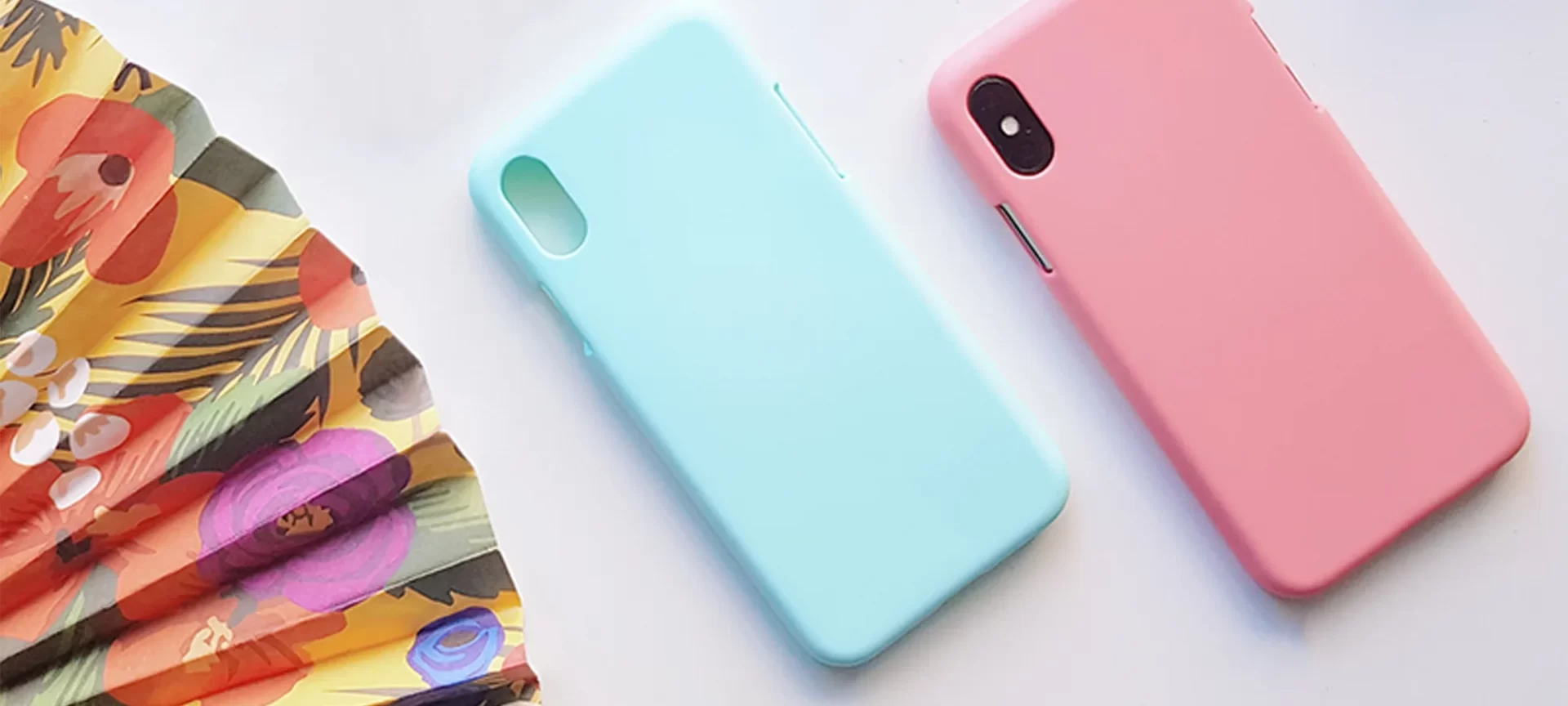
TPU stands for thermoplastic polyurethane. It is very popular in the market so, while buying flexible filaments, there are high chances that this material is what you would often encounter compared to other filaments.
It is famous in the market for exhibiting a greater rigidity and allowance to extrude more easily than other filaments.
This material has decent strength and high durability. It has a high elastic range in the order of 600 to 700 percentage.
The shore hardness of this material ranges from 60 A to 55 D. It has excellent printability, is semi-transparent.
Its chemical resistance to grease in nature and oils makes it more suitable to use with 3D printers. This material has high abrasion resistance.
You are recommended to keep your printer temperature range between 210 to 230 degrees Celsius and the bed between unheated temperature to 60 degrees Celsius while printing with TPU.
The print speed, as mentioned above should be between five and thirty millimeters per second, while for bed adhesion you are advised to use a Kapton or painter’s tape.
The extruder should be a direct drive and the cooling fan is not recommended at least for the first layers of this printer.
TPC
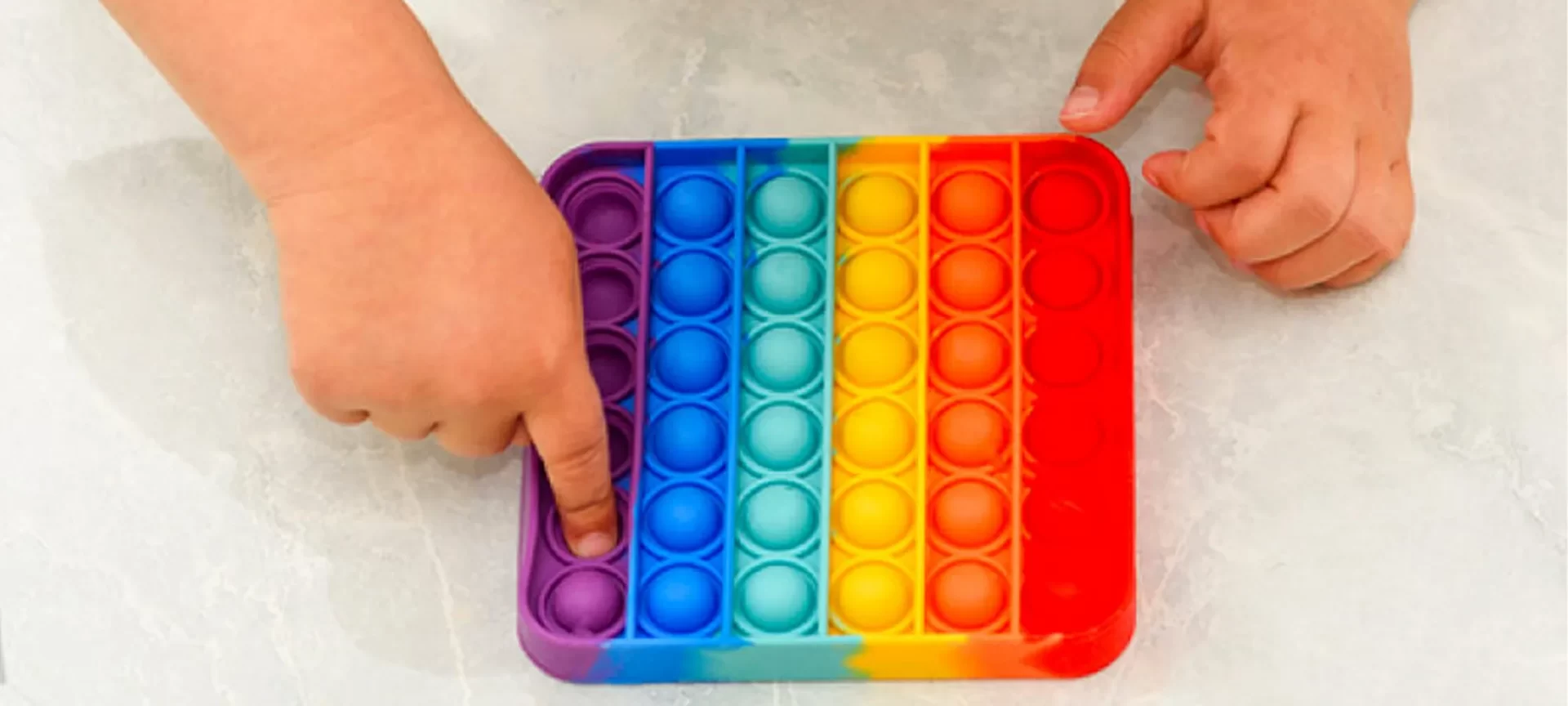
They stand for thermoplastic copolyester. Chemically, they are polyether esters that have an alternating random length sequence of either long or short chain glycols.
The hard segments of this part are short-chain ester units, while the soft segments are usually aliphatic polyethers and polyester glycols.
Because this flexible 3D printing material is considered an engineering grade material, it is not something that you would see as often as TPU.
TPC has a low density with an elastic range of 300 to 350 percent. Its Shore hardness ranges anywhere from 40 to 72 D.
TPC shows good resistance to chemicals and high strength with good thermal stability and temperature resistance.
While printing with TPC, you are advised to keep your temperature in the range of 220 to 260 degrees Celsius, bed temperature in the range of 90 to 110 degrees Celsius, and print speed range the same as TPU.
TPA
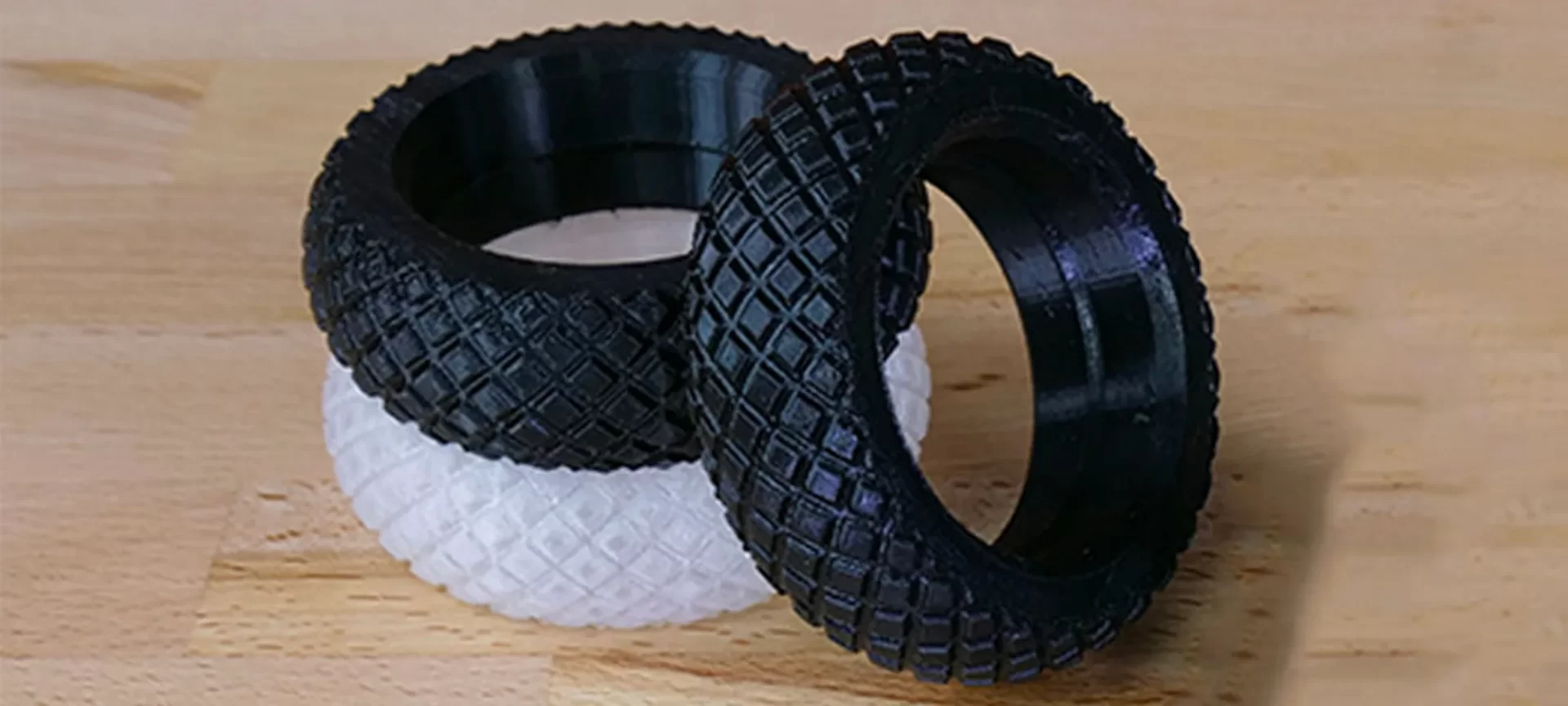
The chemical copolymer of TPE and Nylon named Thermoplastic Polyamide is a combination of smooth and lustrous texture that comes from Nylon and the flexibility which is a boon of TPE.
It has high flexibility and elasticity in the range of 370 and 497 percent, with a Shore hardness in the range of 75 and 63 A.
It is exceptionally durable and shows printability at the same level as TPC. It has good heat resistance as well as layer adhesion.
The printer’s extruder temperature while printing this material should be in the range of 220 to 230 degrees Celsius, whereas the bed temperature should be in the range of 30 to 60 degrees Celsius.
The print speed of your printer can be the same as it is recommended while printing TPU and TPC.
Bed adhesion of the printer should be PVA based and the extruder system can be a direct drive as well as Bowden.
Soft PLA
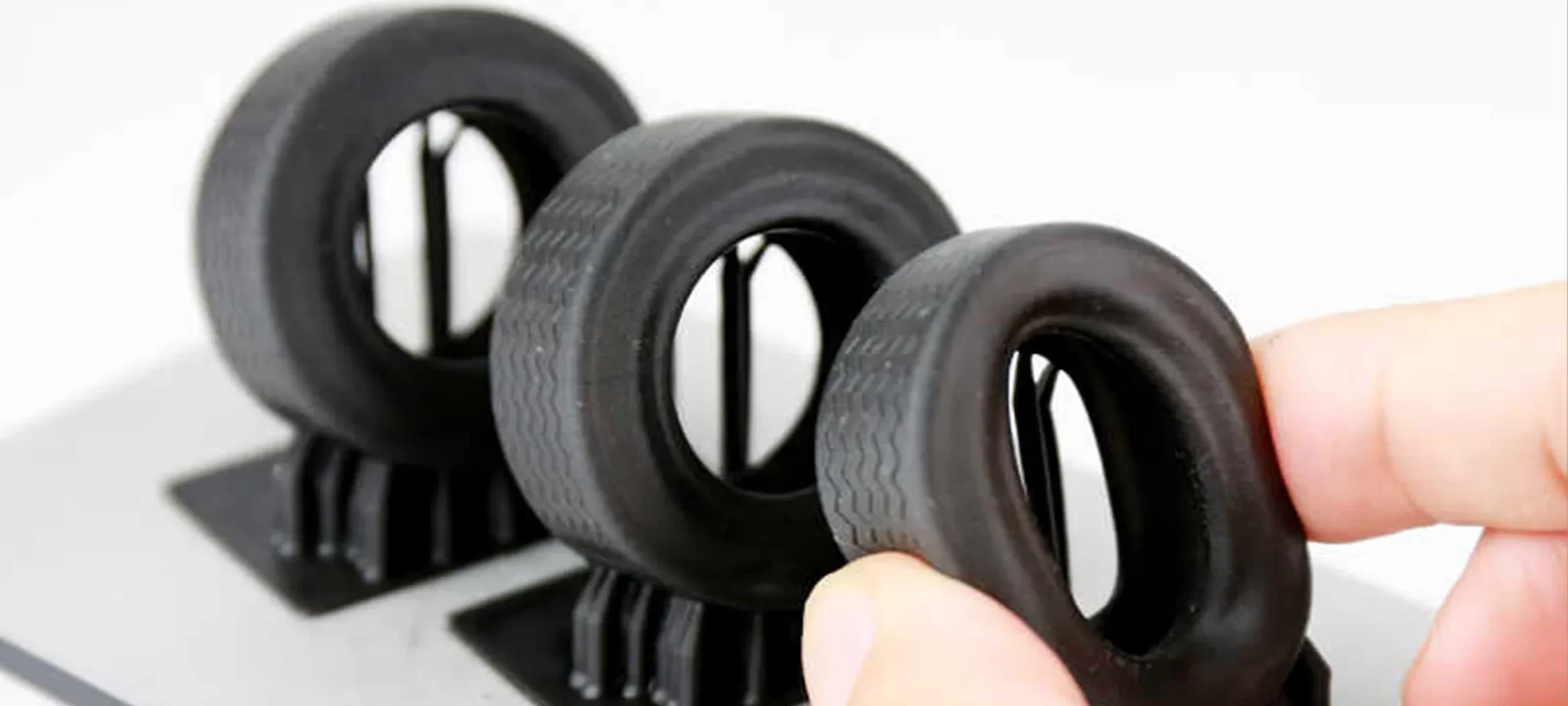
In terms of this Flexible 3D printing material’s performance, it can be referred to as a tough rubber.
Whereas when compared to other flexible materials, this material is known for possessing high strength and durability.
Soft PLA is a biodegradable material that has Shore hardness ranging between 90 and 92 A.
While printing this material with your printer you should have an extruder temperature range between 220 and 235 degrees Celsius and a bed temperature of 100 degrees Celsius.
The print speed of this printer should range between 10 and 30 millimeters per second.
Best FDM 3D Printer
Best Industrial 3D Printer
Best 3D Printers for Flexible Filament
The Conclusion
Different manufacturers have different names for calling their own flexible 3D printing materials. The above-mentioned materials are used for various applications.
Starting with TPU, you can see the application of this flexible material in shoe insoles, industrial belts as well as ski boots. TPC is used in bellows as well as self-expandable polymer stents.
TPA is known to be used in the manufacturing of winter sports, especially ski equipment, and medical products such as catheters. Soft PLA can be used in stoppers, springs, and belts.
Although there are enormous challenges while printing with any of those flexible 3D printing materials compared to other hard filaments, the quality of parts or functional prototypes that they are able to offer is completely different and extraordinary compared to hard filaments.
So, while buying a filament you need to ask yourself which one to choose? What is your application? Has that filament previously been used to make the same part or functional prototype? And finally, does it suit my 3D printing project budget?







